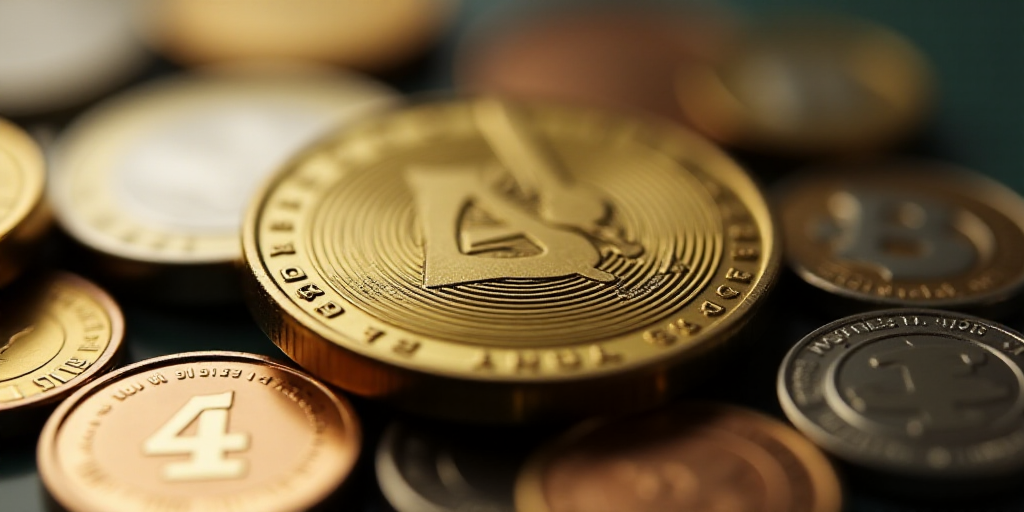Introduction to the Mexican Peso and its Recent Performance
The Mexican peso has shown a positive trend against the US dollar following the Federal Reserve’s decision to cut interest rates. This upward movement has been observed over eight consecutive trading sessions, resulting in a 2.25% appreciation against the greenback.
Who is the Federal Reserve and Why is their Decision Relevant?
The Federal Reserve, often referred to as the “Fed,” is the central banking system of the United States. It has a significant impact on global financial markets due to the US dollar’s status as the world’s primary reserve currency. When the Fed adjusts interest rates, it influences borrowing costs and capital flows, which can cause ripples in other countries’ economies.
The Impact of the Fed’s Interest Rate Cut on the Mexican Peso
In this case, the Fed’s decision to lower interest rates has led to a decrease in US Treasury yields. This, in turn, reduces the attractiveness of dollar-denominated assets compared to higher-yielding alternatives elsewhere. As a result, investors tend to shift their capital towards emerging markets like Mexico, driving up the demand for the Mexican peso.
How has the Mexican Peso Performed Recently?
Since the Fed’s announcement, the Mexican peso has experienced a series of gains against the US dollar. This positive trend was further solidified on Wednesday, when the peso continued to appreciate by approximately 0.25% against its American counterpart.
Key Questions and Answers
- Q: Who is the Federal Reserve? A: The Federal Reserve, or “the Fed,” is the central banking system of the United States.
- Q: Why is the Fed’s interest rate decision relevant to the Mexican peso? A: The US dollar’s status as the world’s primary reserve currency means that changes in Fed interest rates can influence capital flows and borrowing costs, affecting other countries’ economies.
- Q: How did the Mexican peso perform following the Fed’s interest rate cut? A: The Mexican peso appreciated by 2.25% against the US dollar over eight consecutive trading sessions following the Fed’s decision to lower interest rates.
Conclusion
The recent appreciation of the Mexican peso against the US dollar can be attributed to the Federal Reserve’s decision to cut interest rates. This shift in monetary policy has led investors to seek higher yields in emerging markets like Mexico, thereby increasing demand for the peso.






